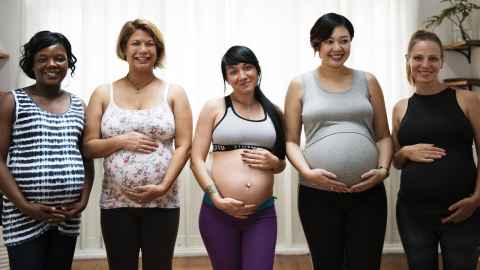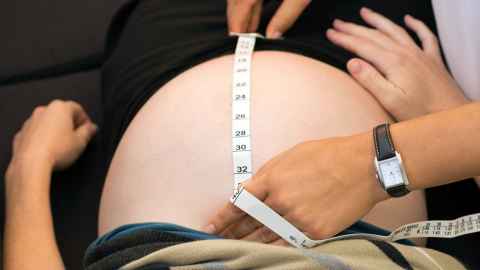GEMS Study
The GEMS Study is examined the best criteria for testing for diabetes during pregnancy.

What is the GEMS study?
GEMS (Gestational Diabetes Mellitus Study of Diagnostic Thresholds) is a study to investigate how high blood sugar which starts during pregnancy, known as gestational diabetes mellitus (GDM), should be diagnosed.
We aimed to find out whether the criteria used at the time to test for and diagnose GDM in New Zealand was best, or whether we should be using a lower blood glucose threshold for detection. Completed: May 2019, results published.
What is GDM?
If a mother has GDM, it can cause health problems for her and her baby during pregnancy and birth. Babies born to mothers with GDM may be large-for-gestational age, suffer birth injuries, breathing problems, jaundice and low blood sugar.
Long-term health risks to the mother include an increased risk of developing type 2 diabetes and heart disease. Babies born to mothers with GDM have an increased risk of growing up overweight or obese and of developing diabetes in adulthood.
In New Zealand, the Ministry of Health recommends that all pregnant women are tested for GDM. The Oral Glucose Tolerance Test or OGTT is the diagnostic tool used to test for GDM in mid-pregnancy.

Why is the GEMS study important?
Prior to the GEMS Study, there were no randomised trials comparing these different ways of diagnosing GDM. The GEMS Study was needed to learn more about which blood sugar concentrations are the most appropriate for diagnosing GDM to try to reduce the health problems it can cause.
Better understanding is important because GDM not only impacts on the health of the mother and baby during and just after birth, but also on the long-term health of the mother and the child.
What have we found out?
As expected, more mothers in the lower group than in the standard group were diagnosed with gestational diabetes. Mothers in the lower group were more likely to be treated with medication to control their blood sugar, attended more appointments, and their babies were more likely to be treated for low blood sugar after birth. The chance of having a baby large for their age, which can cause complications during the birth, was found to be the same for mothers in the lower and standard groups.
The smaller group of mothers diagnosed and treated for gestational diabetes in the lower group as a result of the study allocation compared with similar mothers in the standard group who were not diagnosed with gestational diabetes, were less likely to develop preeclampsia, their babies were less likely to be large for their age, and there was less difficulty with delivery of the baby’s shoulders.
These findings provide helpful evidence to guide how diabetes should be diagnosed in pregnancy in New Zealand. The results are available to health professionals caring for mothers and their babies and will be incorporated into the guidelines for pregnancy care in New Zealand.
GEMS Study team contacts
If you have any questions about the GEMS Trial or GEMS Follow-up Study you can email the research team at gems@auckland.ac.nz.
Related Publications
Crowther C.A, McCowan LME, Rowan JA, Edlin R, McKinlay CJD for the GEMS Study Group Lower versus higher diagnostic criteria for the detection of gestational diabetes for reducing maternal and perinatal morbidity: study protocol for the GEMS randomised trial. BMC Pregnancy Childbirth 20, 547 (2020). https://doi.org/10.1186/s12884-020-03252-9.
Crowther CA, Samuel D, McCowan LME, Edlin R, Tran T, McKinlay CJ, for the GEMS Trial Group. Lower versus Higher Glycemic Criteria for Diagnosis of Gestational Diabetes. N Engl J Med. 2022 Aug 18;387(7):587-598. doi: 10.1056/NEJMoa2204091. PMID: 36070709.